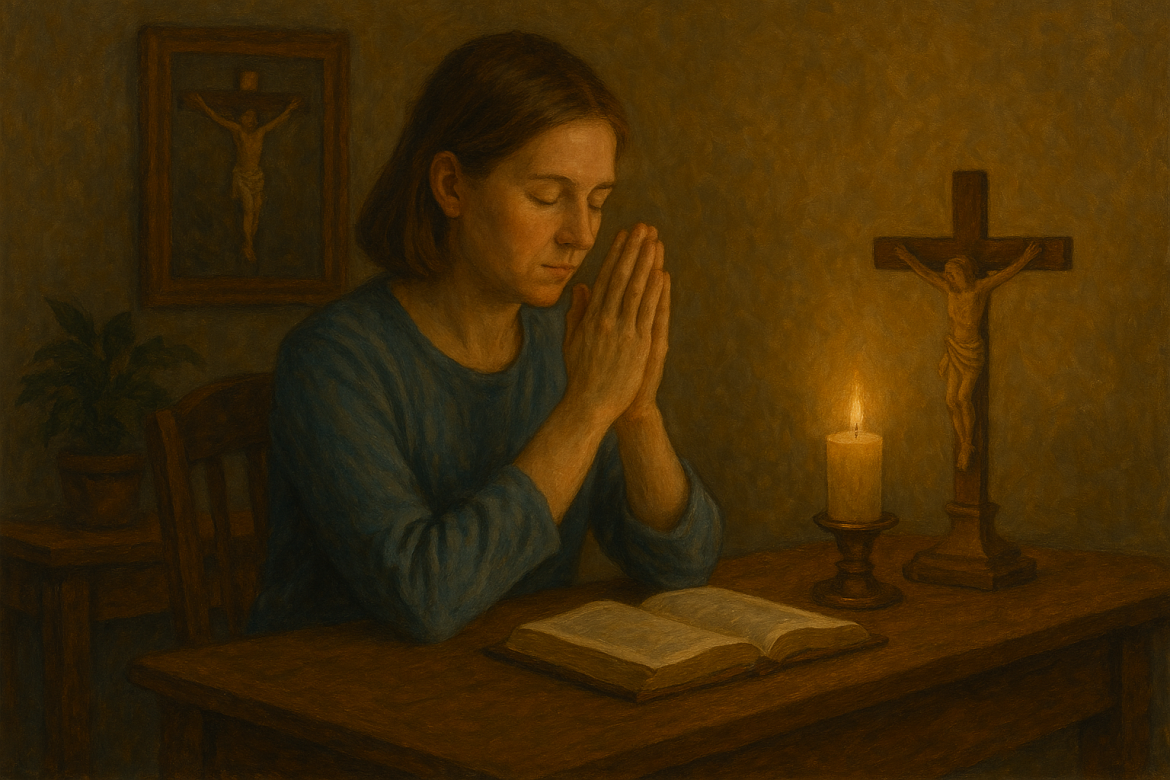The Lost Art of Quiet
In a world flooded with constant notifications, endless entertainment, and relentless noise, silence has become something rare—even uncomfortable. Yet, it holds profound potential for spiritual renewal. Drawing from Stilte: The Dutch Art of Quietude by Mirjam van der Witt, this reflection explores how reclaiming silence can deepen our relationship with God, restore our peace, and help us re-center our lives around what truly matters.
The Connection Between Silence and Spiritual Clarity
Many of us long to hear God’s voice, yet rarely experience the clarity we desire. Why? One simple answer: we’re never still. Silence isn’t just about the absence of sound—it’s the space where God can speak. Without carving out intentional time to sit in stillness, our hearts and minds remain cluttered with distractions.
In Stilte, van der Witt emphasizes that stillness must become a rhythm, not an exception. Like prayer and worship, silence should be built into the daily and weekly rhythms of our lives—not reserved for rare moments or religious holidays.
Creating a Sacred Space in Everyday Life
The author suggests that physical spaces can support spiritual silence. Whether it’s a quiet corner of a home, a walk through nature, or even a bench in a nearby church sanctuary, the environment matters. It’s not about aesthetics—it’s about intention. What we build or set aside becomes a visual and emotional cue for rest, reflection, and connection.
One powerful example is creating a “sanctuary” room at home. It doesn’t have to be elaborate: a few candles, a Bible, and a chair can signal that it’s a place set apart. The key is consistency—returning again and again until that space becomes familiar and holy.
Nature as a Catalyst for Quietude
Nature has long been a companion to the spiritual journey. For many, the outdoors provides a sense of awe and connection. Trees, rivers, and wildlife are more than beautiful—they’re sermons of creation, pointing us toward the Creator.
As shared in the reflection, hiking in the woods or walking through a monastery’s forest paths brought peace, clarity, and a deepened awareness of God’s presence. These spaces serve as reminders that silence is not passive—it’s active listening. They can also help reset our inner noise.
Removing the Noise: Pruning and Priority
Silence requires sacrifice. We often think we don’t have time for prayer or reflection, but the truth is we do—it’s just being used elsewhere. Often on video games, television, or digital distractions. The spiritual practice of pruning—removing what hinders growth—applies here. Sometimes we must “kill our darlings” by giving up things we enjoy in order to prioritize what matters most.
This is not a call to asceticism, but to realignment. When we don’t choose our priorities, they choose us. Without intentionality, our spiritual lives shrink under the weight of modern busyness.
Rest: The Forgotten Command
Rest isn’t laziness. It’s obedience. Observing a Sabbath—however we define it—is a spiritual reset that we ignore at our peril. Many view rest as indulgent or lazy, but Scripture paints it as holy. Reclaiming rest isn’t just about naps and relaxation; it’s about making space to hear, reflect, and reconnect with God.
The blog’s author shares a powerful testimony of growing up in a legalistic Sabbath environment and later discovering that rest could be joyful and healing—not restrictive.
Silence as a Spiritual Practice
Silence can be guided. It doesn’t need to be empty or vague. Simple practices like lighting a candle, reading a psalm, journaling, or listening to worship music can create space for God’s voice to become clear. It’s also helpful to write down what we’re experiencing—then, if needed, destroy the writing. Letting go of past pain through symbolic acts of release is a powerful spiritual detox.
Spiritual direction, even from a trusted friend or advisor, can also help identify what’s causing inner noise or preventing peace.
Applying It All: A Challenge to the Reader
Reordering our lives around silence takes effort, but the rewards are profound. If you’re feeling disconnected from God, ask yourself:
- Have I made space for stillness?
- Do I have a sacred space, physical or mental, to meet with God?
- Am I prioritizing peace or crowding it out?
Start small. Create a corner, take a walk, schedule 20 minutes. Let that be your sacred offering.
Conclusion: Light the Candle, Start the Journey
The journey toward silence isn’t glamorous. It’s not viral or flashy. But it is holy. Stillness invites transformation. In the quiet, we hear God whisper truth, correction, and love. Let this be your invitation to begin. Light the candle. Open the Bible. Sit in the silence. God is already there, waiting.

